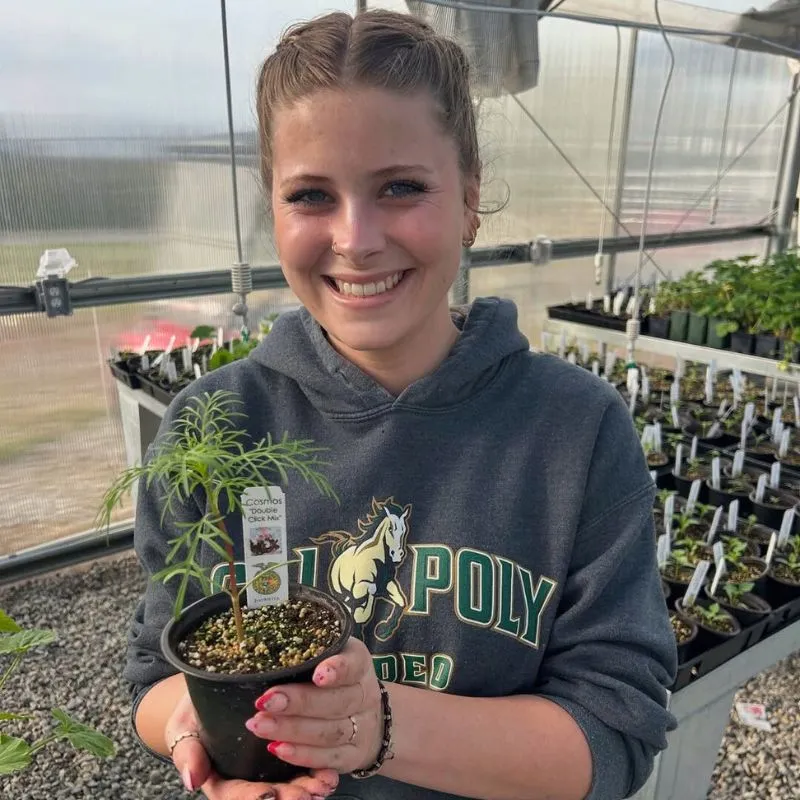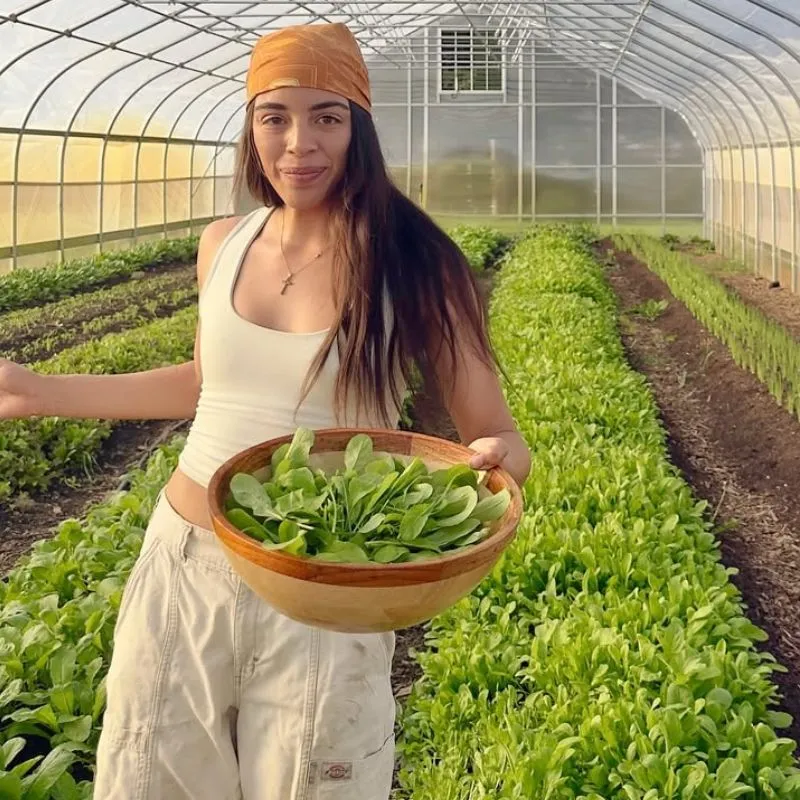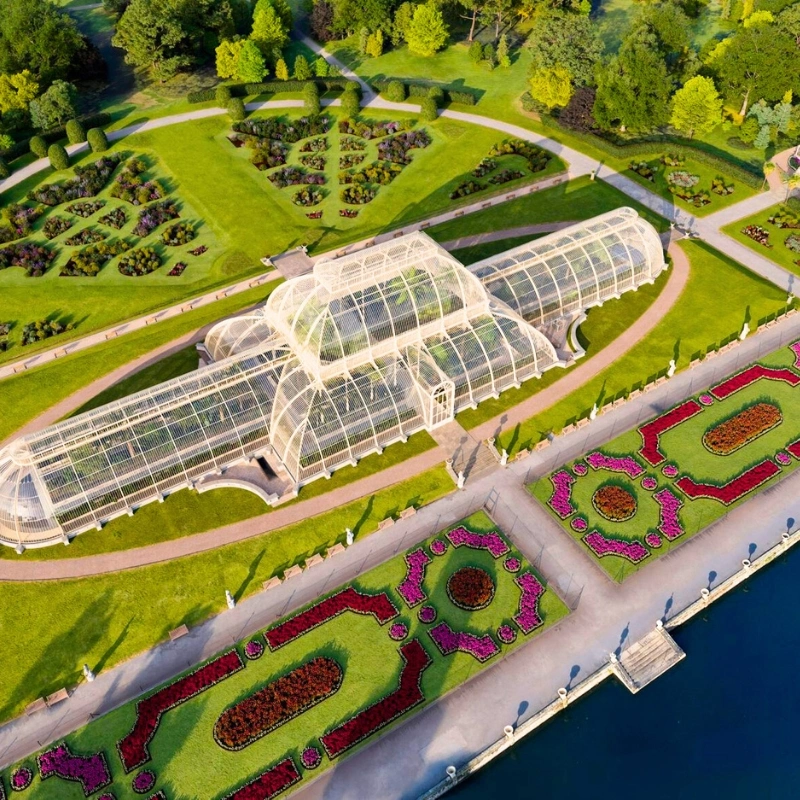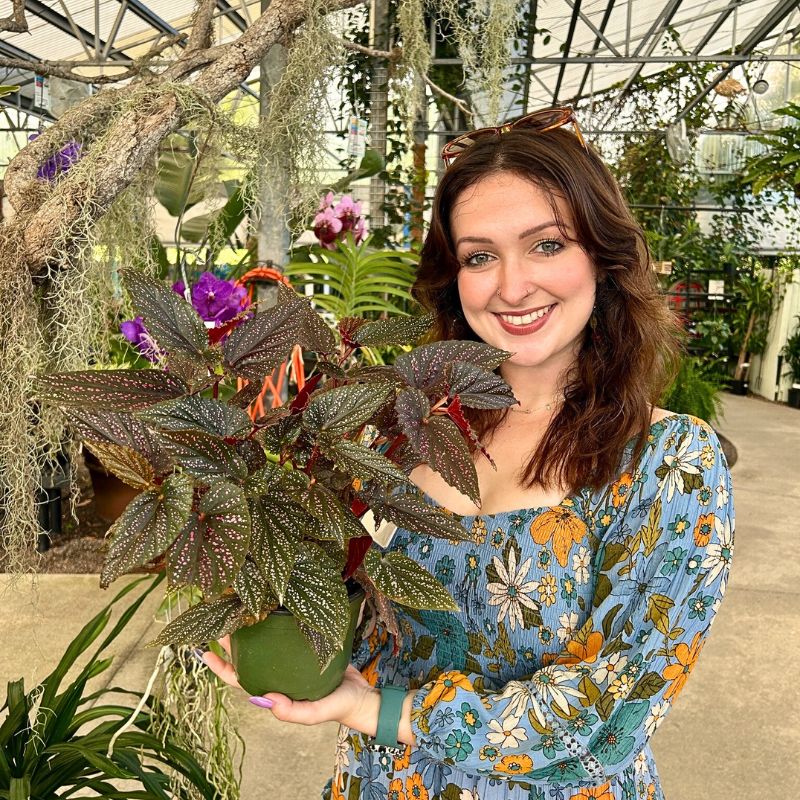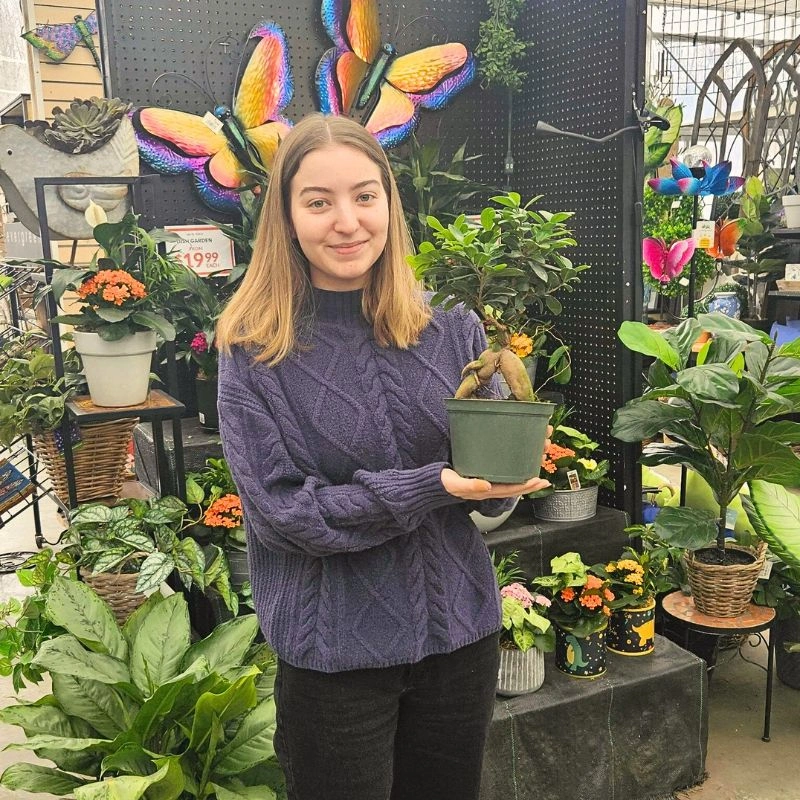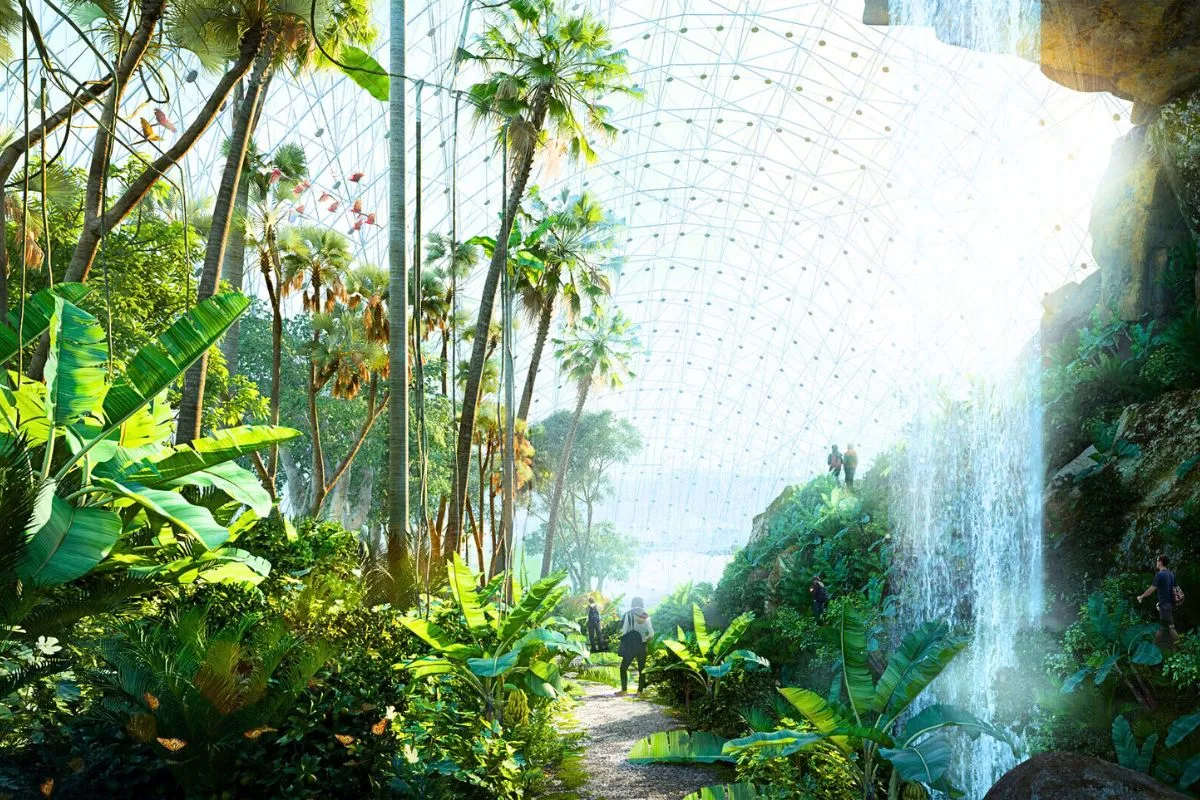A fabric greenhouse is an excellent way to extend your growing season, protect delicate plants, and create an ideal microclimate for your garden. Unlike traditional glass or polycarbonate greenhouses, fabric greenhouses offer flexibility, portability, and often better airflow. However, before you set one up, several key factors must be considered, from material selection to placement and maintenance.
This blog shares some of the elements you must consider before building a fabric greenhouse. Keep reading for more! You can learn more about: Greenhouse Heating and Cooling Systems

Choosing the Right Greenhouse Fabric
Not all fabrics are created equal. When selecting a greenhouse covering, you'll want a material that balances durability, light diffusion, and insulation. For instance, you can explore the leading fabric brands, such as FabricSpan, which is known for high-quality greenhouse fabrics that meet strict quality standards.
Here are some common types of greenhouse fabrics to consider:
- UV-resistant fabric: Essential for prolonged sun exposure.
- Shade cloth fabric: Ideal for heat-sensitive plant types.
- Non-woven polypropylene fabric: Lightweight yet durable.
- Heavy-duty landscape fabric: Useful for ground cover to prevent weeds.
- Biodegradable weed fabric: An eco-friendly alternative for sustainable gardening.
Avoid cheap materials that degrade quickly. If you need extra light during winter, opt for commercial-grade greenhouse plastic or high-maintenance shade fabric.
Size and Structure
Fabric greenhouses come in a wide range of sizes, from tiny plant houses for herbs to large structures for vegetable plants. Consider:
- Pre-cut sizes for easy assembly.
- Range of sizes based on the number of plants.
- Size of window openings for ventilation.
If you need a custom fit, some fabric companies offer custom landscaping fabric rolls to match your exact dimensions.
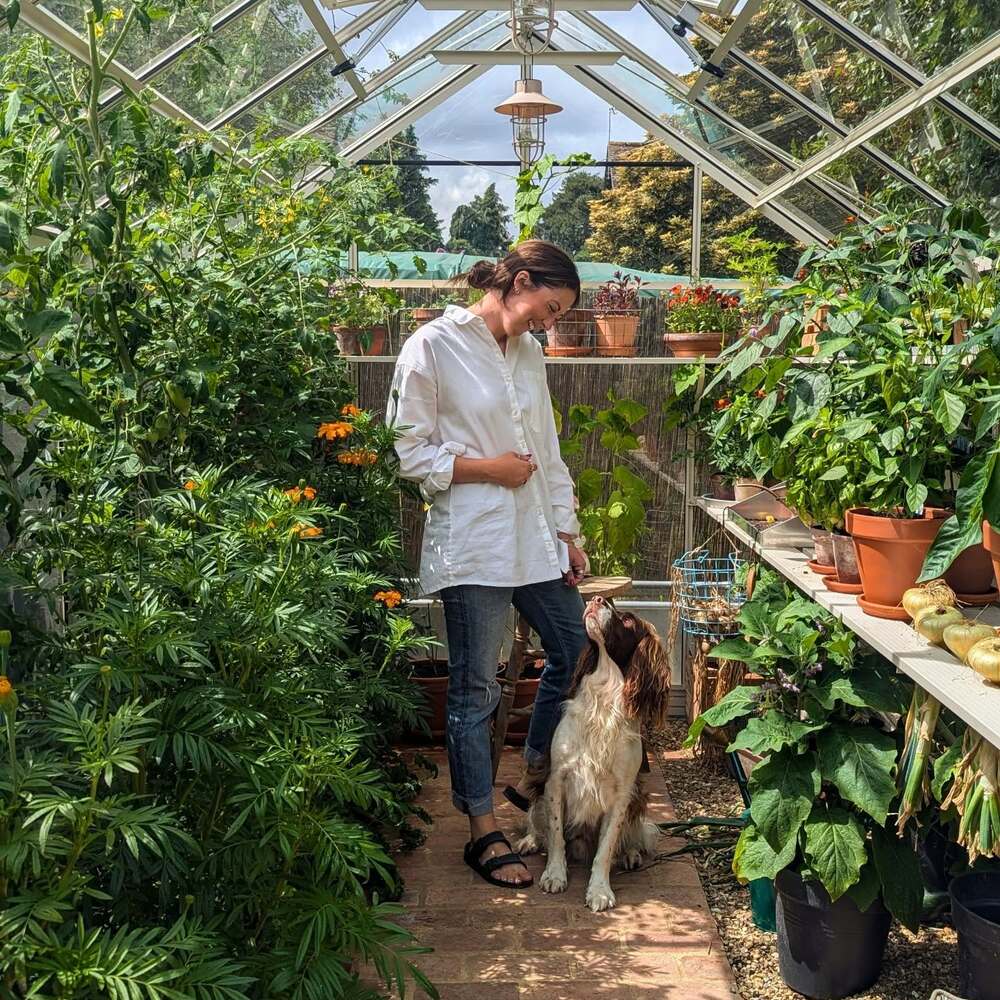
Climate and Light Requirements
Different plants have varying light needs. Some thrive under extra light, while others prefer shade. Consider:
- Standard mesh fabric for balanced light diffusion.
- One-way fabrics that allow light in but reduce heat buildup.
- Green fabrics that filter specific light wavelengths for optimal growth.
If you live in a colder region, ensure your greenhouse fabric retains heat while still allowing sufficient light during winter.
Durability and Maintenance
A greenhouse is an investment, so choose materials that last. Look for:
- Multipurpose fabrics that resist tearing and weathering.
- Geotextile fabric for added strength.
- Quality plastic options with a reasonable price but high durability.
Maintenance is also key—some fabrics require more care than others. For example, high-maintenance shade fabric may need regular cleaning to prevent algae buildup.
Aesthetics and Design
Who says a greenhouse can't be stylish? Many fabric enthusiasts love incorporating beautiful fabrics with airy florals or bold fabric prints into their designs. If you want a cohesive look, explore:
- Statement home décor fabrics for a unique touch.
- Trends in designer fabric, such as botanical themes.
- Linen for drapery or décor fabrics to add elegance.
Even functional elements like drapery hardware can enhance accessibility while keeping the structure secure.
How to Maintain a Fabric Greenhouse
A fabric greenhouse is a fantastic investment for any gardener, but like any structure, it requires regular upkeep to ensure longevity and optimal growing conditions. Here's how to keep your fabric greenhouse in top shape:

Regular Cleaning
Dirt, algae, and debris can accumulate on greenhouse fabric, reducing light transmission and promoting mold growth. To maintain clarity and durability:
- Use a soft broom to dust off loose dirt.
- For safe cleaning, opt for a gentle soap-and-water solution applied with a soft cloth, skipping corrosive products that risk deterioration.
- For UV-resistant fabric or shade cloth fabric, rinse periodically to prevent clogged pores that reduce airflow.
A little routine care goes a long way—keeping your greenhouse fabric clean ensures maximum light penetration for your plants.
Inspect for Damage
Fabric greenhouses are durable, but extreme weather, sharp objects, or UV exposure can cause tears or weakening over time. Routinely check for:
- Small rips or frayed edges—repair them promptly with fabric patches or greenhouse tape.
- Loose seams or stitching—tighten or reinforce them before they worsen.
- Fading or brittleness—if the material becomes excessively worn, consider replacing it before it fails.
Catching minor issues early prevents more significant problems later—regular inspections help maintain your greenhouse's durability and protect your plants season after season.
Weed and Pest Control
Even with heavy-duty landscape fabric or biodegradable weed fabric as a base, weeds can still emerge. To keep them under control:
- Pull weeds by hand before they take root.
- Use geotextile fabric as an additional barrier beneath your greenhouse.
- Install insect barriers on vents and doorways to keep pests out while maintaining airflow.
Staying vigilant against weeds and pests preserves your greenhouse's productivity—consistent prevention keeps your plants thriving and your gardening efforts rewarding.
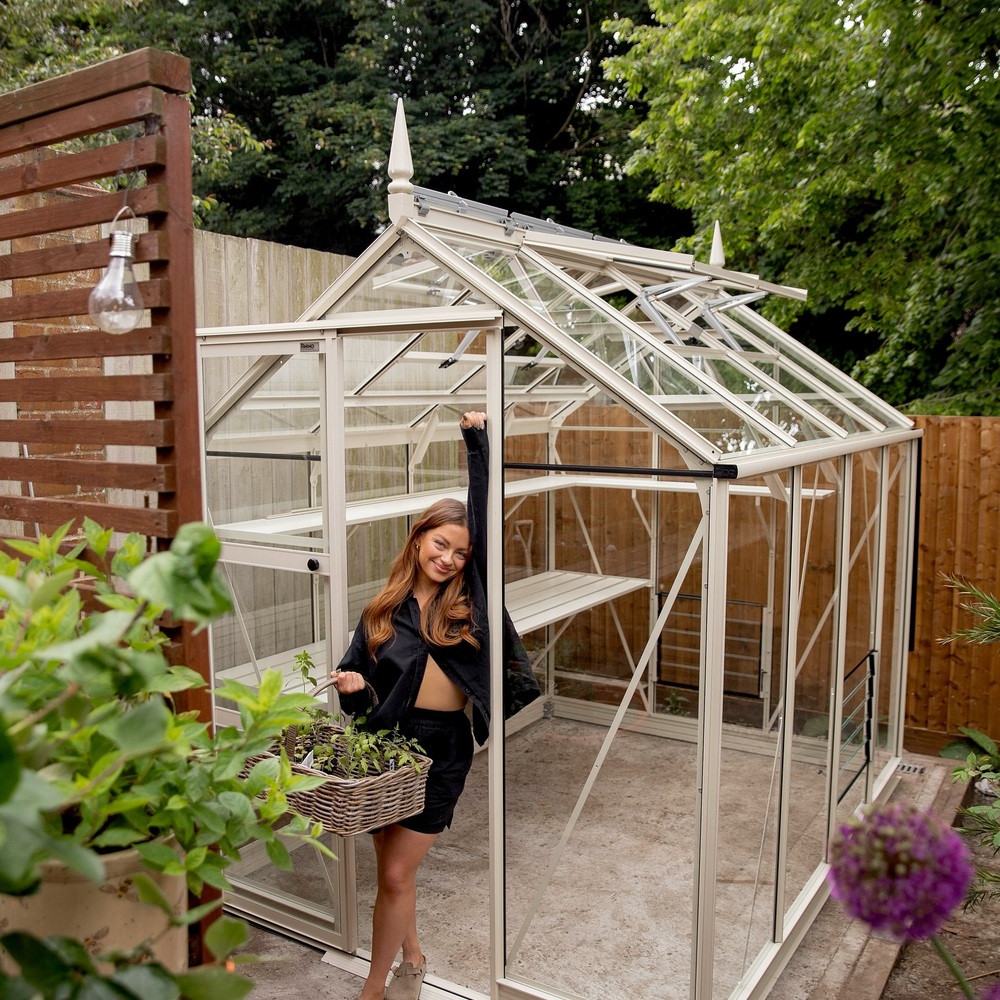
Seasonal Adjustments
Different seasons demand different care:
- Winter: Ensure snow doesn't accumulate heavily on the fabric, as excess weight can strain the structure. Brush off the snow gently.
- Summer: If using high-maintenance shade fabric, adjust shading levels to prevent overheating while allowing enough light for plants.
- Spring/Fall: Check for loose fastenings caused by wind and resecure as needed.
Seasonal adjustments are your greenhouse's tune-ups. Timely changes protect plants and extend your structure's lifespan throughout every season.
Proper Storage (If Portable)
If you have a seasonal or portable greenhouse, proper storage extends its lifespan:
- Clean and dry the fabric thoroughly before folding to prevent mildew.
- Store in a cool, dry place away from rodents and direct sunlight.
- Avoid sharp folds—roll instead to prevent creases that could weaken the material.
Treat your portable greenhouse like a prized garden tool. Proper storage ensures it's ready to perform when the next growing season arrives.
Reinforce Structural Integrity
Over time, wind, rain, and sun can loosen the frame or fabric. To prevent sagging or collapse:
- Tighten any loose drapery hardware or support poles.
- Replace worn-out fasteners or bungee cords.
- If using commercial-grade greenhouse plastic, ensure it remains taut to avoid flapping in the wind.
A sturdy structure is the backbone of success—regular reinforcement ensures your greenhouse stands strong against time and the elements.
Conclusion
A fabric greenhouse can be a game-changer for gardeners, offering flexibility and functionality. To get the best quality and deal, explore fabric offerings from various brands and prioritize quality, climate suitability, and design.
By considering these factors—from upholstery fabric-inspired aesthetics to commercial-grade greenhouse plastic durability—you'll create a thriving environment for your plants. Happy planting!


